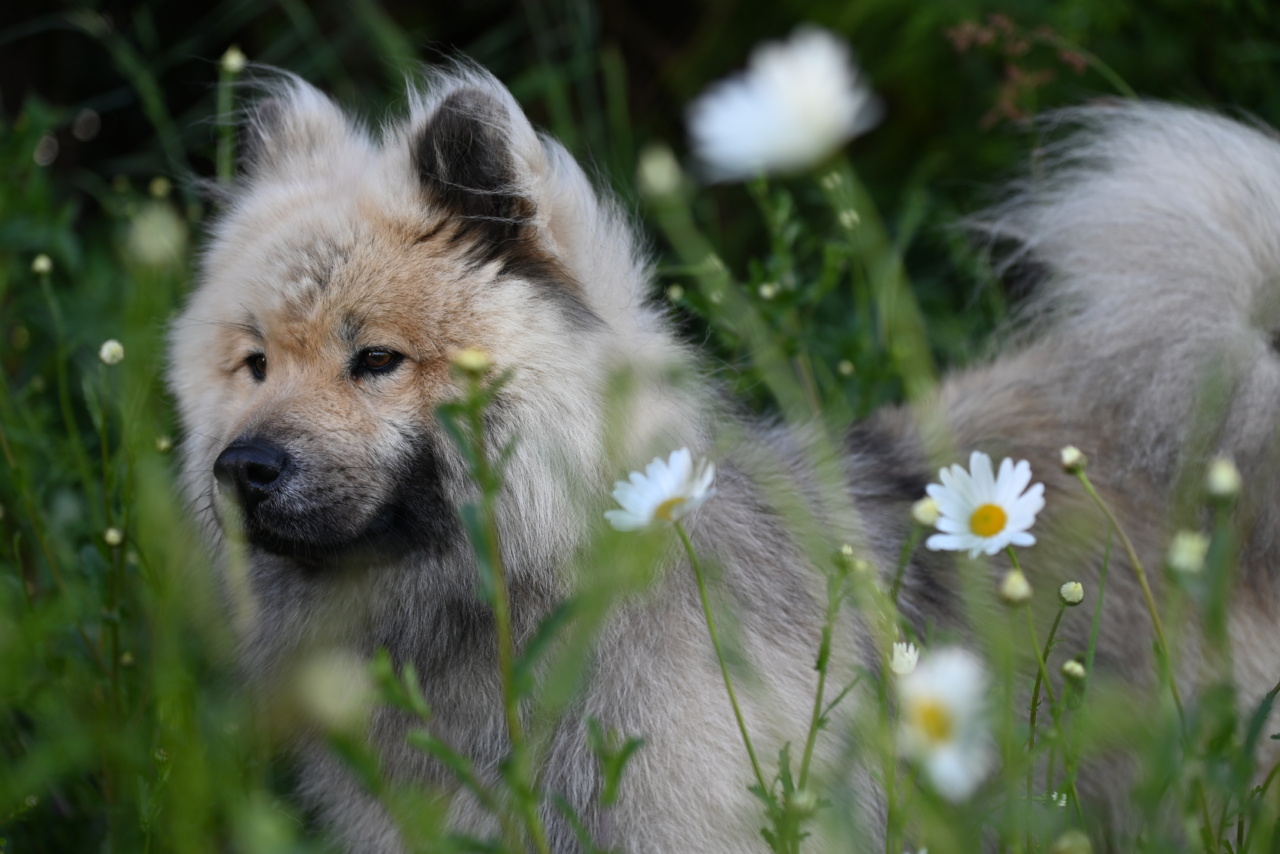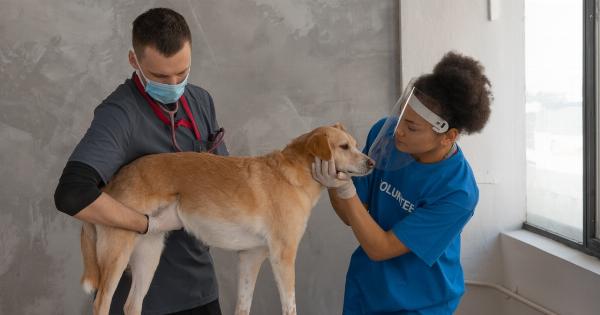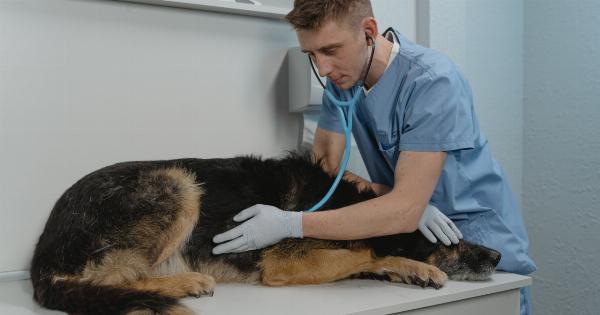We all want our pets to be healthy and happy. While regular visits to the vet, a balanced diet, and exercise are crucial for their well-being, there are also alternative methods that can help heal and energize our furry friends.
One such method is using flowers.
The Power of Flower Essences
Flower essences have been used for centuries to promote emotional and physical healing in humans, and they can have the same positive effects on animals.
These essences are created by infusing the energy of flowers into water, creating a potent elixir that can help address various ailments.
Benefits for Pets
Flower essences offer a range of benefits for pets, including:.
1. Calming Anxiety and Stress
Just like humans, pets can experience anxiety and stress. Flower essences like lavender, chamomile, and valerian can help calm nervous pets during times of distress, such as thunderstorms, fireworks, or when visiting the veterinarian.
2. Boosting Immune System
Flower essences like echinacea and calendula can support and strengthen the immune system of your pets. This can help them fight off common illnesses and infections more effectively.
3. Easing Trauma and Grief
Pets can experience trauma and grief due to various reasons, such as the loss of a loved one or a traumatic event. Flower essences like star of Bethlehem and rock rose can help them process and heal from these emotional wounds.
4. Supporting Digestive Health
If your pet has digestive issues, flower essences like peppermint and ginger can help soothe their stomach and promote healthy digestion.
5. Improving Focus and Concentration
Some flower essences, such as rosemary and lemon balm, can help improve focus and concentration in pets. This can be particularly beneficial for training or when your pet needs to stay alert.
How to Use Flower Essences for Your Pet
Using flower essences for your pet is simple and safe. Here’s how you can incorporate them into their routine:.
1. Consult with a Flower Essence Practitioner
Before starting your pet on any flower essence regimen, it’s advisable to consult with a flower essence practitioner who specializes in animal healing. They can guide you on the right essences and dosage for your pet’s specific needs.
2. Choose the Right Essences
Once you’ve consulted with a practitioner, they will recommend the appropriate flower essences for your pet.
Each essence addresses different emotional or physical issues, so it’s important to choose the ones that align with your pet’s specific needs.
3. Administer the Essences
There are a few different ways to administer flower essences to your pet. You can add drops of the essence to their water bowl, directly onto their skin, or simply place a few drops on your hands and allow them to inhale the scent.
It’s essential to follow the dosage instructions provided by the practitioner.
4. Observe and Monitor
After starting your pet on flower essences, it’s important to observe their reactions and monitor any changes in their behavior or health.
If you notice any negative side effects or no improvement, it’s crucial to consult with your practitioner for adjustments.
5. Continue Regular Veterinary Care
While flower essences can be a wonderful addition to your pet’s wellness routine, they should not replace regular veterinary care.
It’s important to continue taking your pet to the vet for check-ups and addressing any underlying medical conditions.
Conclusion
Flower essences can be a natural and effective way to promote healing and energize your pet. By incorporating the right essences into their routine, you can help them find balance, calm, and overall well-being.
However, it’s crucial to work with a flower essence practitioner and continue regular veterinary care to ensure your pet’s health and safety.






























